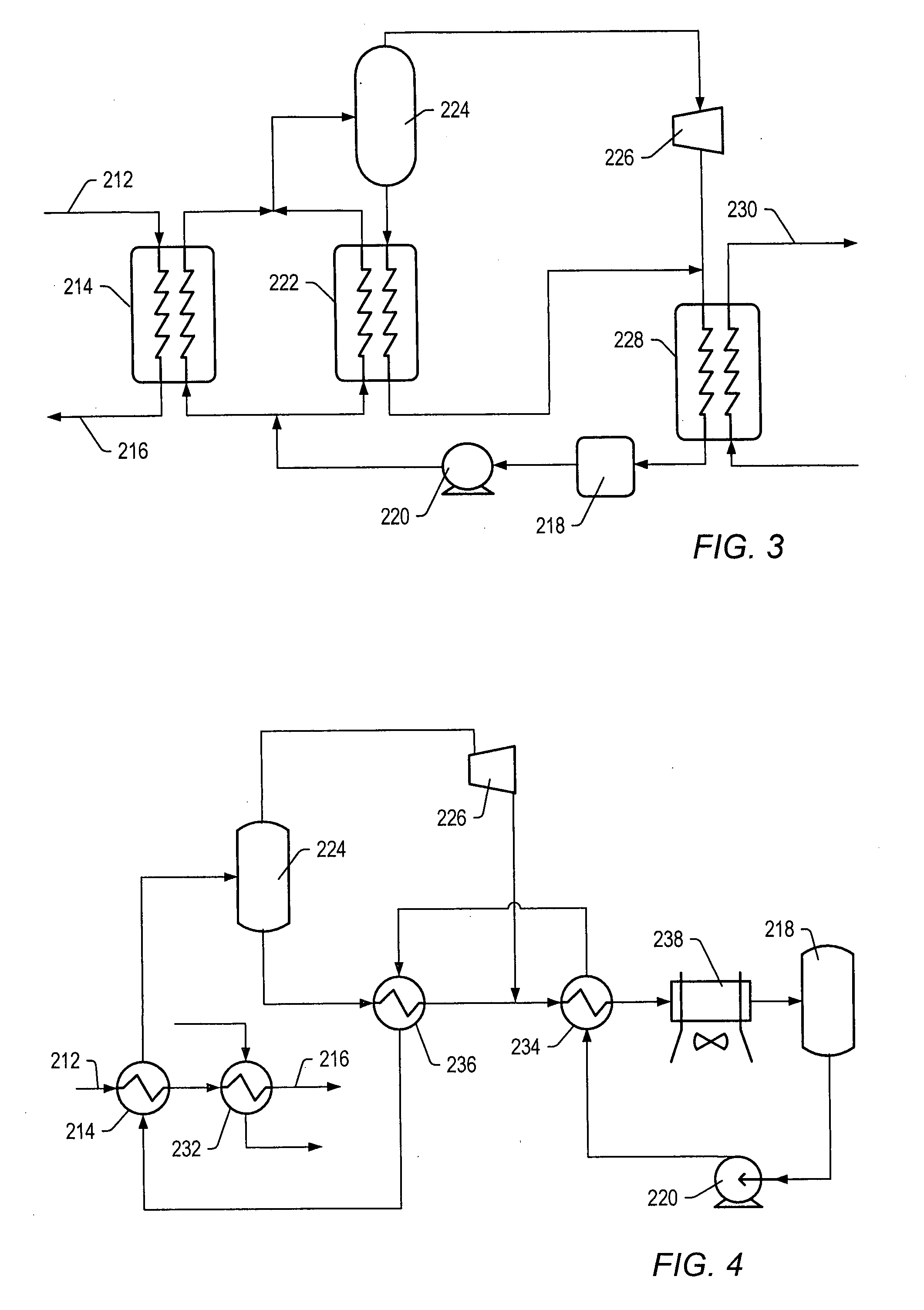Compositions produced using an in situ heat treatment process
a heat treatment process and composition technology, applied in the direction of insulation, instruments, borehole/well accessories, etc., can solve the problems of insufficient injection capacity, difficult to obtain permeability in oil shale formation between injection and production wells, and relatively high operating costs
- Summary
- Abstract
- Description
- Claims
- Application Information
AI Technical Summary
Benefits of technology
Problems solved by technology
Method used
Image
Examples
examples
[1350] Non-restrictive examples are set forth below.
Temperature Limited Heater Experimental Data
[1351]FIGS. 200-215 depict experimental data for temperature limited heaters. FIG. 200 depicts electrical resistance (Ω) versus temperature (° C.) at various applied electrical currents for a 446 stainless steel rod with a diameter of 2.5 cm and a 410 stainless steel rod with a diameter of 2.5 cm. Both rods had a length of 1.8 m. Curves 964-970 depict resistance profiles as a function of temperature for the 446 stainless steel rod at 440 amps AC (curve 964), 450 amps AC (curve 966), 500 amps AC (curve 968), and 10 amps DC (curve 970). Curves 972-978 depict resistance profiles as a function of temperature for the 410 stainless steel rod at 400 amps AC (curve 972), 450 amps AC (curve 974), 500 amps AC (curve 976), 10 amps DC (curve 978). For both rods, the resistance gradually increased with temperature until the Curie temperature was reached. At the Curie temperature, the resistance fel...
##fidation example
Metal Sulfidation Example
[1447]FIG. 256 depicts projected corrosion rates (metal loss per year) over a one-year period for several metals in a sulfidation atmosphere. The metals were exposed to a gaseous mixture containing about 1% by volume carbon monoxide sulfide (COS), about 32% by volume carbon monoxide (CO) and about 67% volume CO2 at 538° C. (1000° F.), at 649° C. (1200° C.), at 760° C. (1400° F.), and at 871° C. (about 1600° F.) for 384 hours. The resulting data was extrapolated to a one-year time period. The experimental conditions simulates in-situ sub-surface formation sulfidation conditions of 10% H2 by volume, 10% H2S by volume and 25% H2O by volume at 870° C. Curve 1428 depicts 625 stainless steel. Curve 1430 depicts CF8C+ stainless steel. Curve 1432 depicts data for 410 stainless steel. Curve 1434 depicts 20 25 Nb stainless steel. Curve 1436 depicts 253 MA stainless steel. Curve 1438 depicts 347H stainless steel. Curve 1440 depicts 446 stainless steel. 410 stainless st...
PUM
| Property | Measurement | Unit |
|---|---|---|
| Temperature | aaaaa | aaaaa |
| Temperature | aaaaa | aaaaa |
| Length | aaaaa | aaaaa |
Abstract
Description
Claims
Application Information
 Login to View More
Login to View More - R&D
- Intellectual Property
- Life Sciences
- Materials
- Tech Scout
- Unparalleled Data Quality
- Higher Quality Content
- 60% Fewer Hallucinations
Browse by: Latest US Patents, China's latest patents, Technical Efficacy Thesaurus, Application Domain, Technology Topic, Popular Technical Reports.
© 2025 PatSnap. All rights reserved.Legal|Privacy policy|Modern Slavery Act Transparency Statement|Sitemap|About US| Contact US: help@patsnap.com



